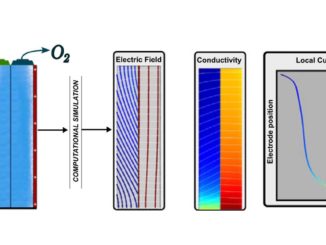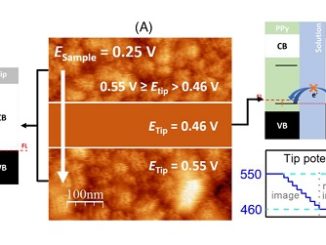
Hybrid exchange–correlation functionals for van der Waals TiSe2 material: Parametrization versus a posteriori D3 dispersion corrections
Abstract: Superconductivity is one of the most interesting electrical phenomena found in Physical Science. The null electrical resistance provides a unique free displacement for the electrons into the material. TiSe2 is a superconductor material below 4K, creating a charge density wave as electrical propagation. Gaussian basis sets or exchange–correlation functionals poorly described the high interaction distance as van der Waals force because of low exchange–correlation energy. One physical–mathematical tool to indicate long-range distance is the Grimme’s or D3 dispersion. In this work, quantum simulations based on DFT using periodic models depicted in CRYSTAL17 code investigated the TiSe2 material regarding PBE0, HSE06, and B3LYP functionals and Grimme’s dispersion. In particular, the high covalent feature on the Ti–Se chemical bond is challenging for DFT functionals, while van der Waals interaction between lamellas is essential for crystalline structure. Then, relative errors quantified the functional descriptions to evaluate the influence of hybrid and parameterized hybrid functionals on this critical material’s structural, electronic, and vibrational properties.
Author(s): de Lazaro, S. R.; Rosa, G. B.; Pontes Ribeiro, R. A.; da Silveira Lacerda, L. H.; de Oliveira, M. C.; Longo, E.
Computational Materials Science
Published: November 2022, Volume 214, 111672
DOI: https://doi.org/10.1016/j.commatsci.2022.111672
CDMF
The CDMF, hosted at the Federal University of São Carlos (UFSCar), is one of the Research, Innovation and Dissemination Centers (RIDC) supported by the São Paulo State Research Support Foundation (Fapesp), and also receives investment from the National Council Scientific and Technological Development (CNPq), from the National Institute of Science and Technology of Materials in Nanotechnology (INCTMN).




